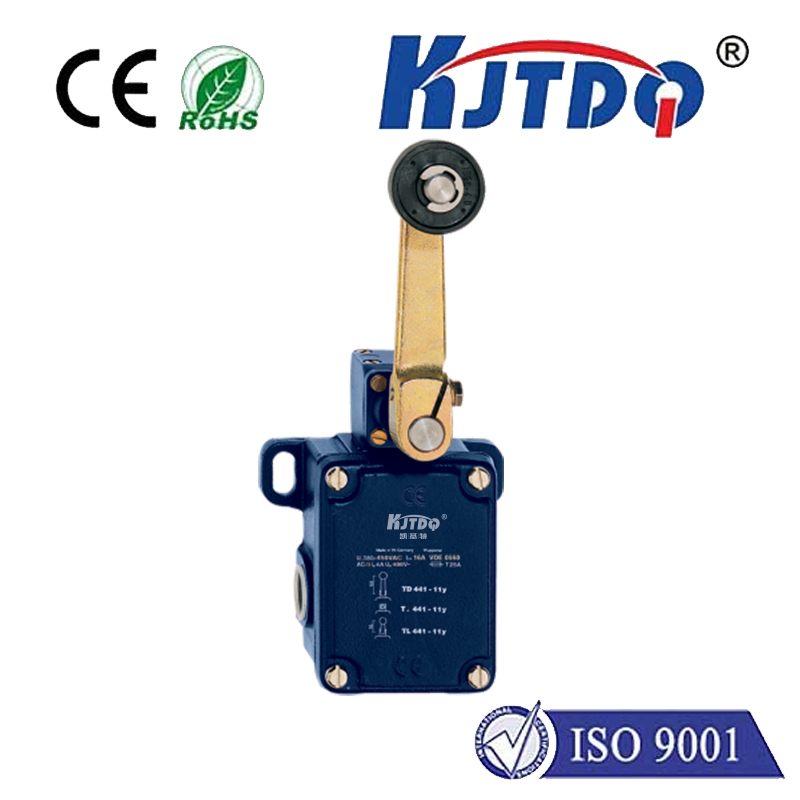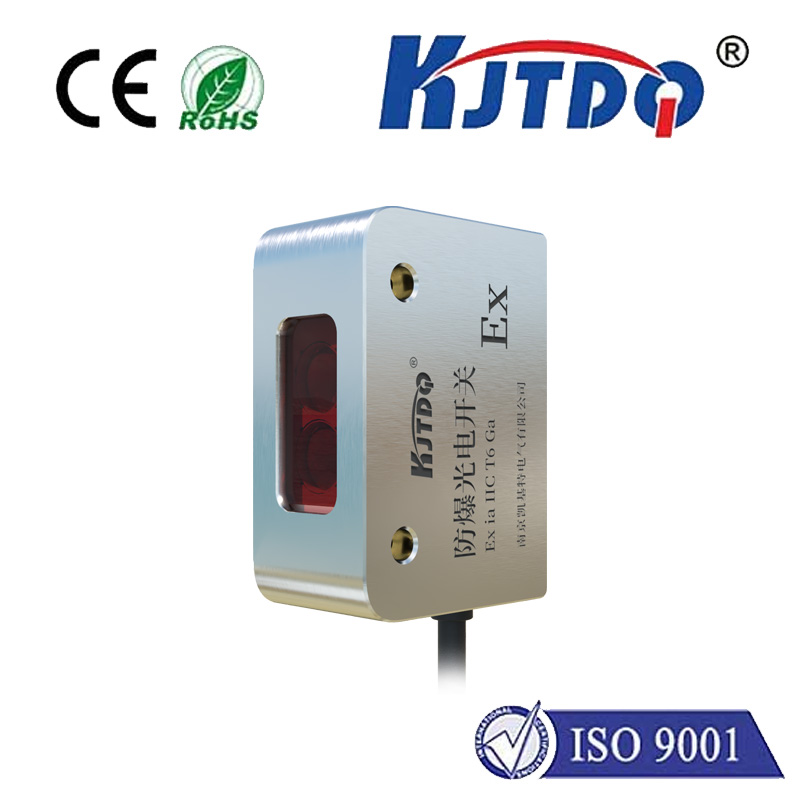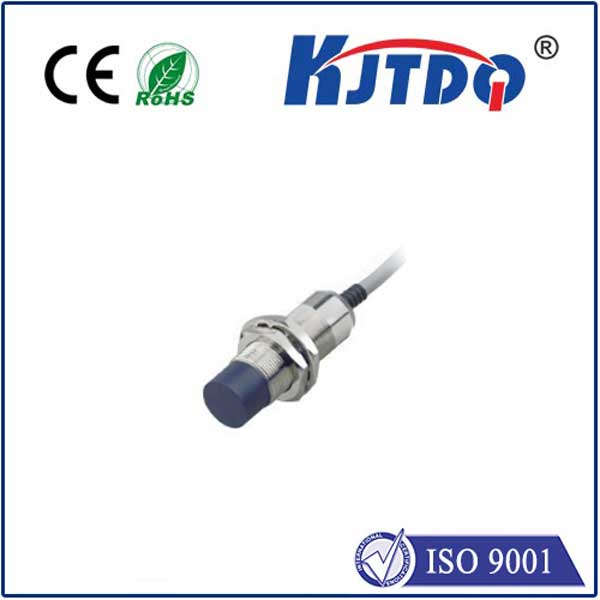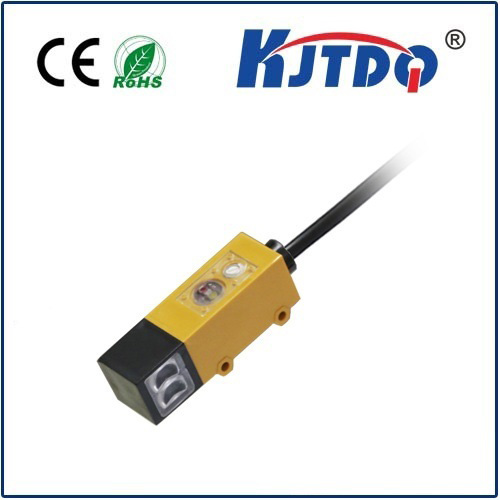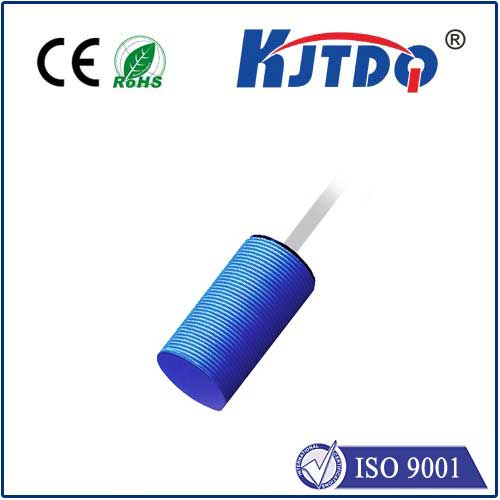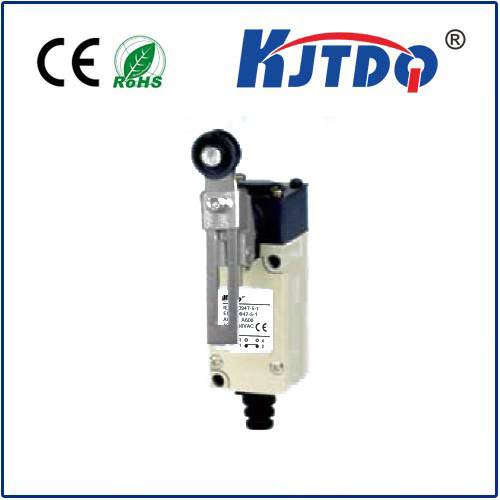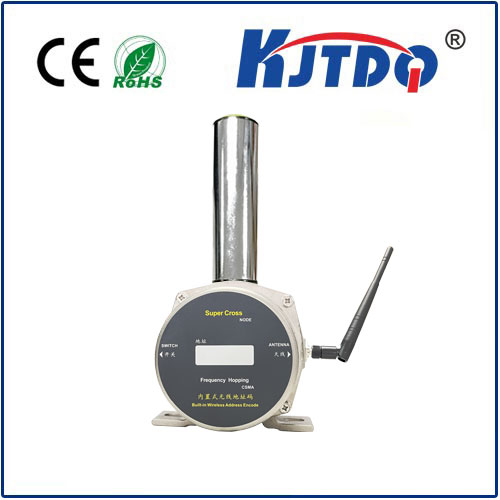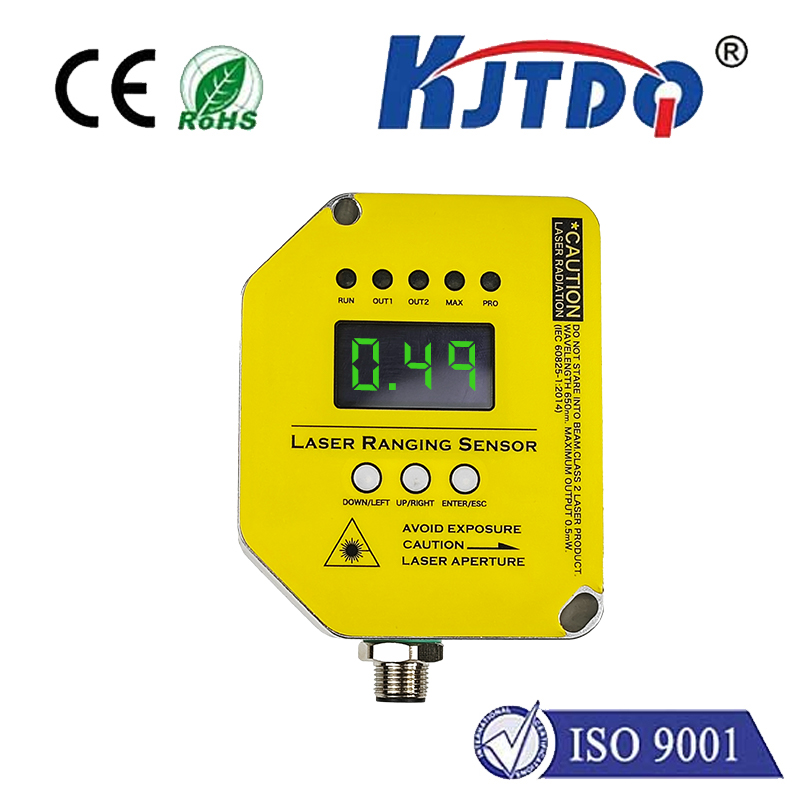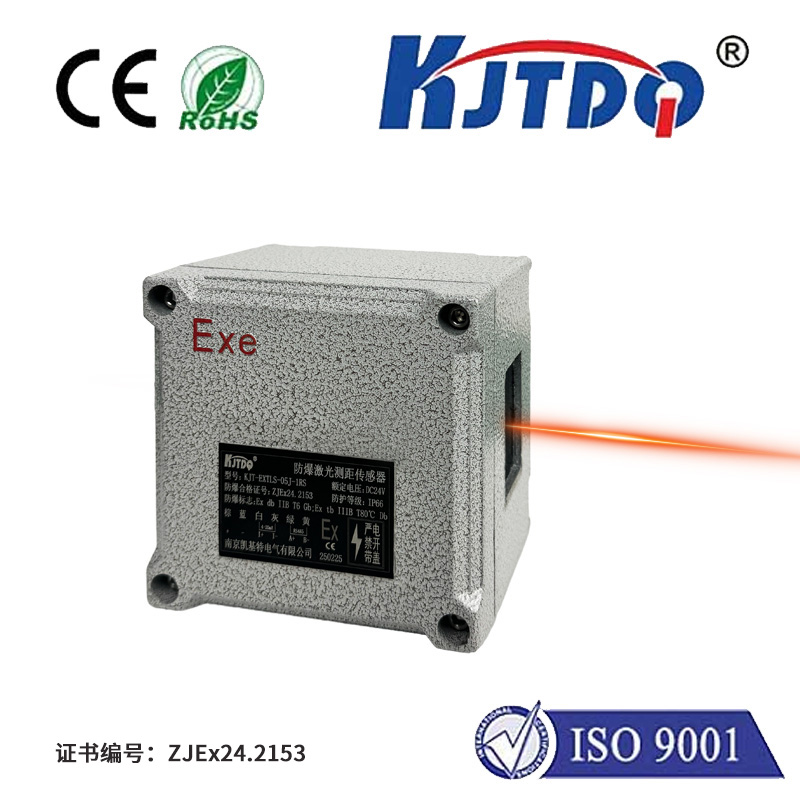

check

check

check

check

check

check

check

check

check

check
The main difference between NPN and PNP is the current flow direction and voltage state. The specific differences are as follows:
1. Current flow direction: NPN uses the current from B to E (IB) to control the current from C to E (IC), that is, the E electrode has the lowest potential, and during normal amplification, the C electrode usually has the highest potential, that is, VC>>VB>>VE. PNP, on the contrary, uses the current of E-B (IB) to control the current (IC) of E-C, that is, the E-electrode has the highest potential, and the C-electrode has the lowest potential during normal amplification, that is, VC<VB<VE.
2. Voltage state: Simply put, PNP is the opposite of NPN. The NPN base has a high voltage and the collector and emitter are short-circuited, that is, it does not work. The base voltage of PNP is low, and the collector and emitter are open circuit, that is, it does not work. In the amplification area, the operating voltage of the PNP tube is Ue>>Ub>>Uc, while the operating voltage of the NPN tube is Uc>>Ub>>Ue.
In addition, the electronic component codes of triodes are also different. PNP is a common cathode, that is, the N junctions of two PN junctions are connected as the base, and the other two P junctions are used as the collector and emitter respectively. They are marked as a triode with an arrow pointing inward in the circuit diagram. NPN is a common anode, that is, two P junctions serve as the collector and emitter, and the other two N junctions serve as the base. In the circuit diagram, it is marked as a triode with an arrow pointing outward. The above information is for reference only, please consult professional technical personnel to obtain more comprehensive and accurate information.
